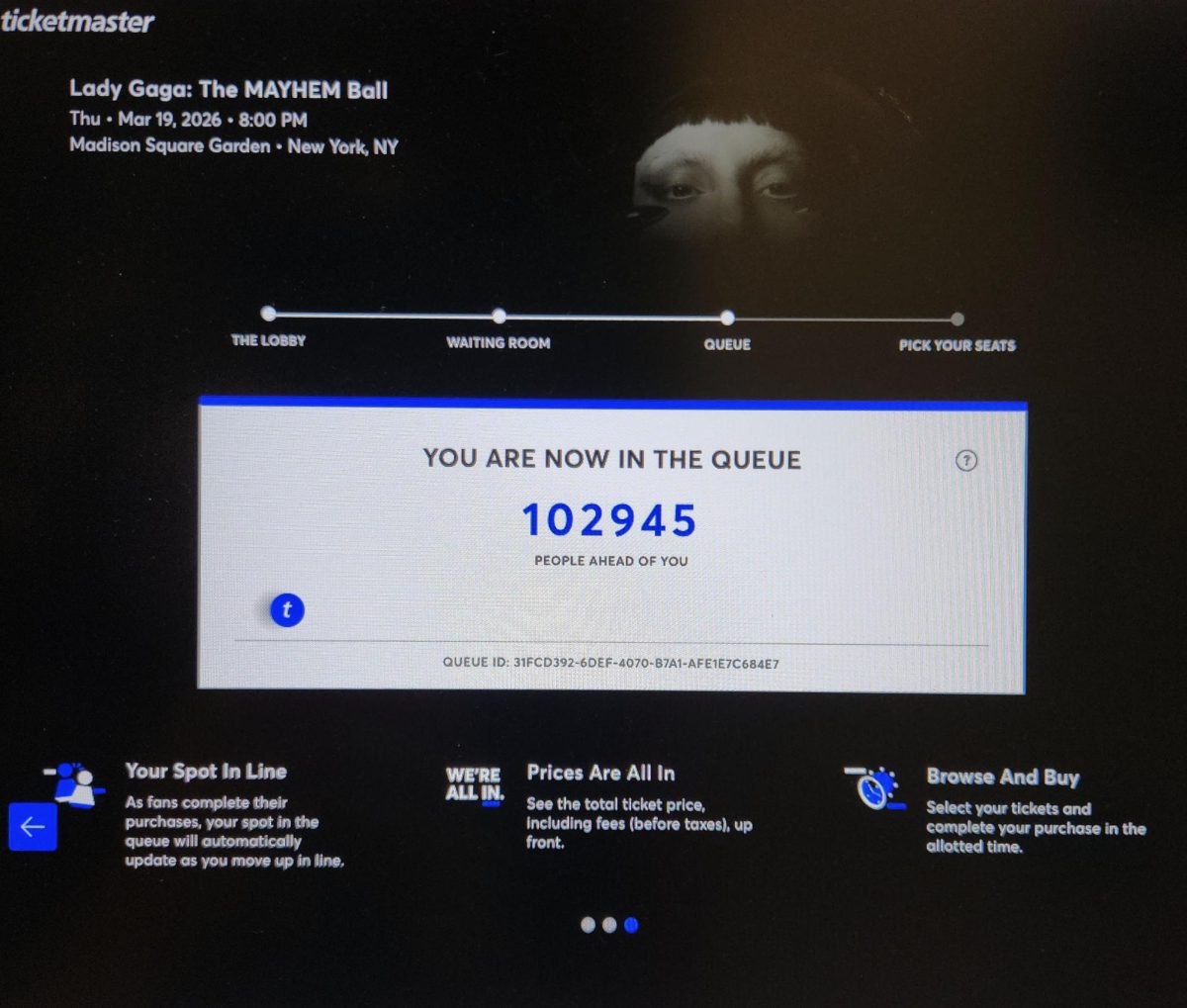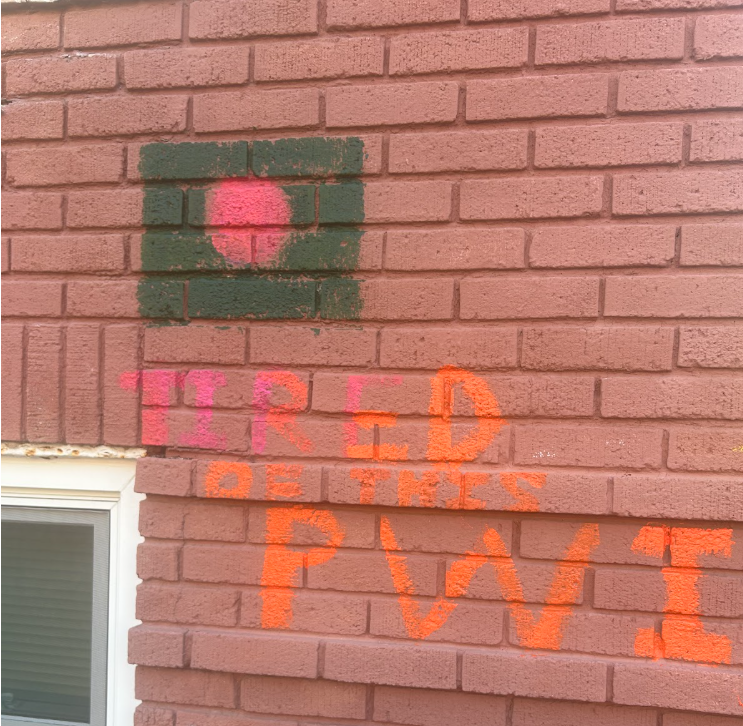During October’s Mock Border campus controversy, students asked administrators why the border relocation decision was made. The Mac Weekly’s article “Mock border wall moved across campus, students frustrated” can succinctly introduce those new to the conversation. The eventual answer: It was a departmental—not student-led—project and thus certain administrators had the final say. One staff member was quick to add that if it had been a student-led project, the relocation decision may never have occurred. Many students were satisfied with this answer. If you are still one of them: Pause. Rewind.
Accepting that the Mock Border location was in the end a discretionary administrative decision—what was the motive behind it? The official rationale cited concern of the “possibility” that community members “might be distressed by being forced to confront the wall without context” (see Oct. 17 issue—“Continuing the conversation on the mock border wall.”) What vague rationale. On what grounds did administrators believe the art would be “distressing”? Did they ask for anonymous student or community feedback? Did they see the actual art? Did a concerned student contact them? No—in fact, only certain staff and faculty were consulted in this assessment. But let’s be more specific. What exactly were certain administrators distressed about? I propose the following possibility:
After an International Roundtable Committee had taken the project upon itself, certain top-tier administrators got wind of the ‘administrative project sponsorship’ and became concerned certain art submissions could target Israeli government policies regarding Palestinians and current U.S. immigration policies—inspired in part by the events of this past summer. These administrators did not want to risk institutionally supporting this rhetoric. Thus they pre-emptively, without even seeing the actual art submitted to the project, relocated the border to mitigate the potential risk of planting inflammatory art on Old Main Lawn.
In reality, the administration relocated the project to censor specific political rhetoric. Of course, this level of clarity could have incited student outrage. It was much easier to cite vague concerns for distressed community members than admit to this debacle.
My conclusion: certain administrators are against Macalester College institutionally supporting specific political rhetoric. The ‘official line’ on the Mock Border relocation decision was a strategic pathos public relations tactic used to generalize last-minute political trepidations.
My response: Administrative political decisions should be transparent, especially when only select administrators have a say in the decision-making. Why? The Macalester Statement of Purpose and Belief emphasizes an expectation that students “be adept at critical, analytical and logical thinking.” To do so, students must be well informed.
So please decision-makers—enlighten us. Be brave, honest and genuine. If your beliefs influence your decisions, perhaps share the experiences that shaped those beliefs. You could even do so through art. You could even request your art be publically shared on Old Main Lawn. Good luck. My one piece of advice:
Do not rely on your experiences to justify your request. Even if you have been denied your human rights, that is no reason to be inflammatory. But have no fear: we now have quaint, shady campus corners that can help douse your flames. We’ll even record your name—then history books can proudly remember exactly who touted political correctness in the name of, say, social order and financial sustainability instead of empowering voices that experience oppression and injustice.
Perhaps administrators are concerned that students would not truly understand where they are coming from. Maybe that is why certain decision-making processes are not as transparent as some would like. Page 26 of the Resources and Planning Committee’s “Aligning Mission and Resources Final Report—April 2013” provides one of many examples: Macalester College now “faces a difficult choice: decrease financial aid with the concomitant reduction in student quality and diversity or decrease expenditures on educational programs, which would likely result in a decrease in program quality.”
Relocating the Mock Border, choosing between investing in financial aid or educational programs—these are examples of choices our leaders face. Based on my narrow insight, I remain skeptical that we are limited to these options. It saddens me if in reality communities need make such choices. It saddens me even more if obscure excuses were used to hide well thought out, albeit tough, decisions.
Dear top-tier administrators: I ask you now what the Mock Border student movers were asked at 5 a.m. that Friday morning: What are you doing? Why are you doing it? Take ownership of your decisions. If you really think you’re right—what do you have to be afraid of?
Fellow students—there will be a MCSG-sponsored Strategic Plan forum in the upcoming weeks. We will have an opportunity to call on the administration to integrate transparency and student feedback into its future decision-making structures. If not—top-tier administrative censorship justified by vague rationales could reach even student-sponsored projects in the future. They may believe they are doing it for the good of many. Perhaps leadership entails these types of compromises. But leaders should not shy away from accountability and transparency—values worth learning by all.







Jane Brown • Sep 11, 2019 at 9:10 pm
Nice post. I used to be checking continuously this blog and I’m impressed! Very helpful information specially the last phase 🙂 I care for such info much. I was looking for this particular information for a very lengthy time. Thanks and good luck.
Jan Dickens • Sep 10, 2019 at 2:55 pm
I am impressed with this internet site, real I am a fan.
Elizabeth Henderson • Sep 5, 2019 at 11:02 pm
Perfectly pent articles, thankyou for selective information.